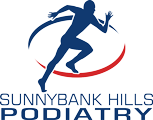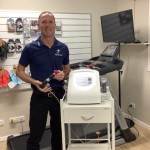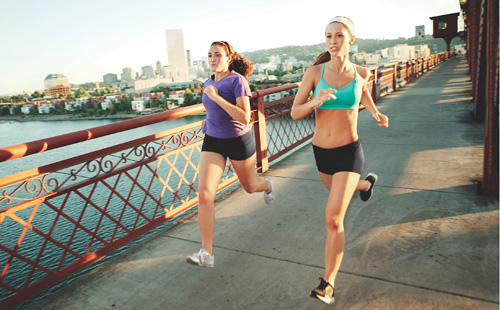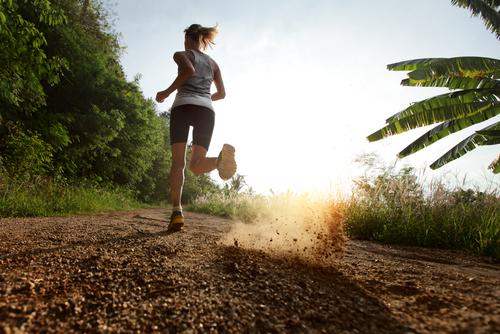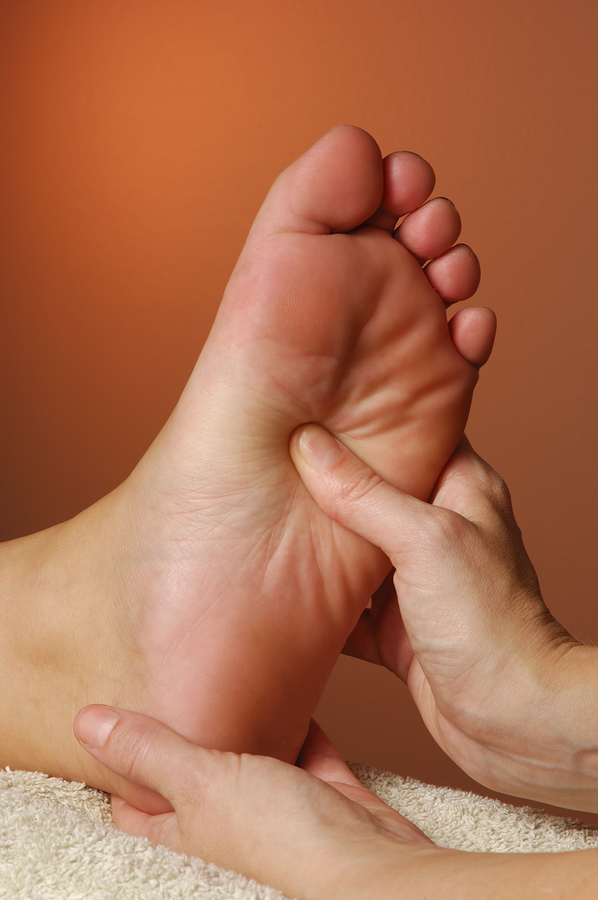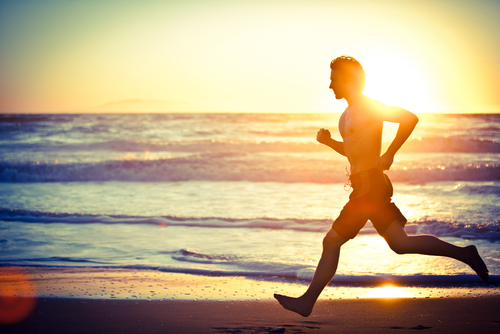We have recently invested in a Shockwave Machine, or more accurately known as a Radial Pressure Wave (RPW) machine.RPW can be used to stimulate the body’s natural healing process, with positive effects demonstrated on bone and tendon repair and tissue regeneration.
Shock Wave therapies are pro-inflammatory modalities that can be used to “reboot” the healing process in chronic conditions. We are achieving fantastic results in treating heel pain (both Achilles & Plantar Fascia), as well as calf and hamstring muscle-related injuries, using Radial Pressure Wave Therapy.
RPW Therapy is not a “stand-alone” treatment, for the best results a range of additional treatment modalities, such as strength and conditioning, load management, orthotic therapy, and or return to activity programs are employed to have you return to your regular activities and pain-free as soon as possible.
If you are interested in Shockwave Therapy, please make an appointment and we can assess your condition to ensure that t is the most suitable treatment option for you.
